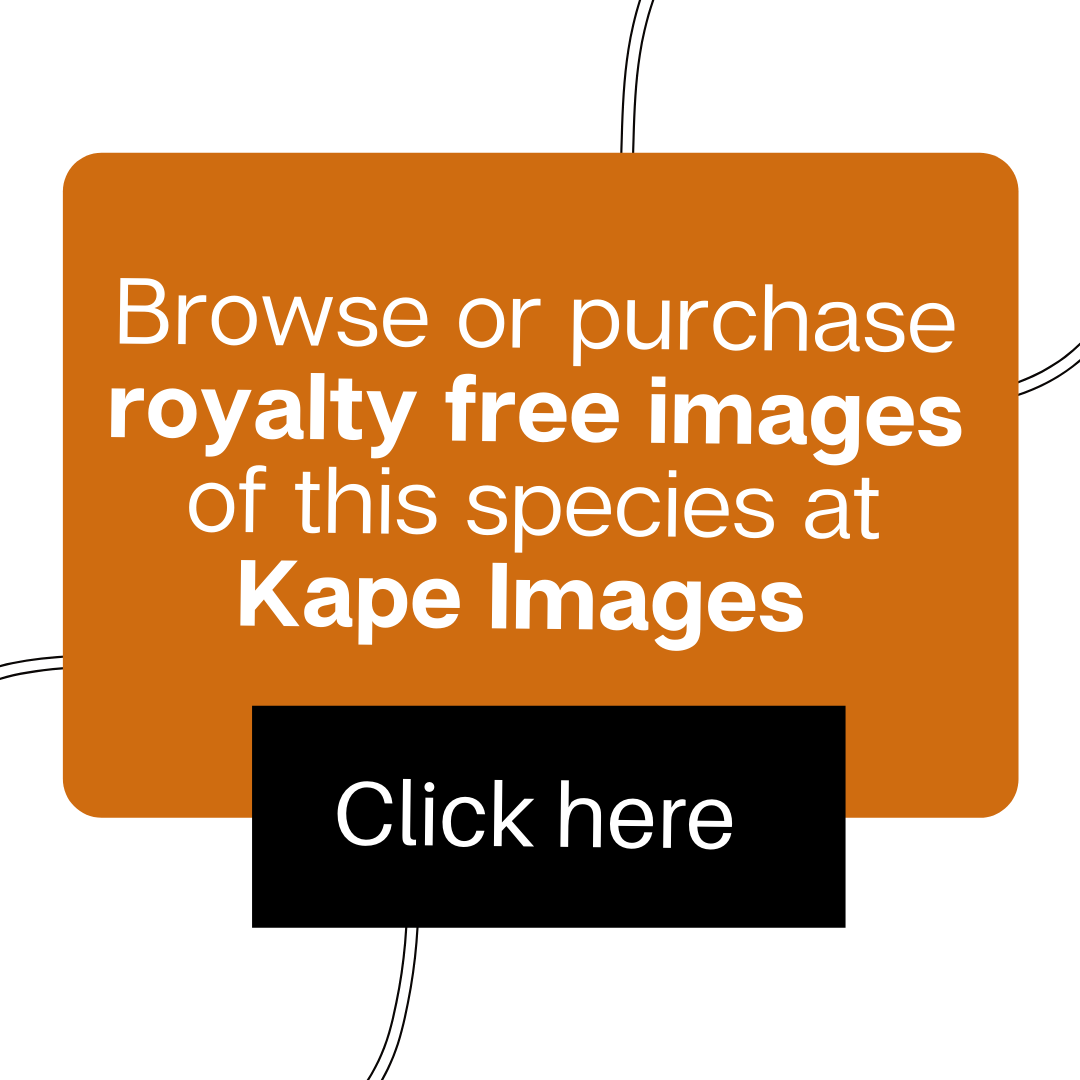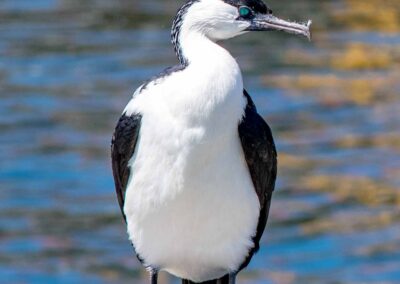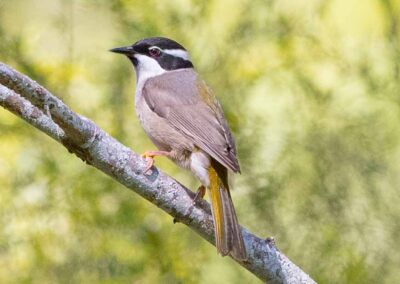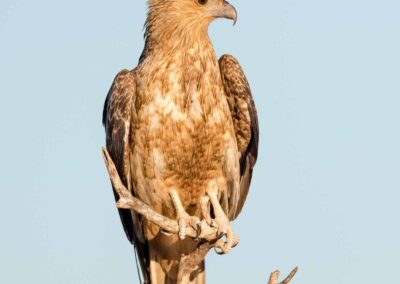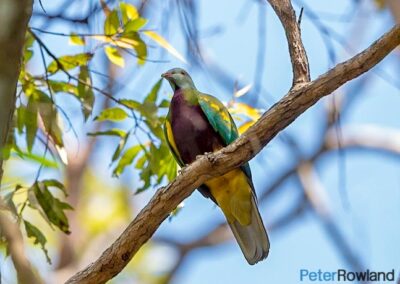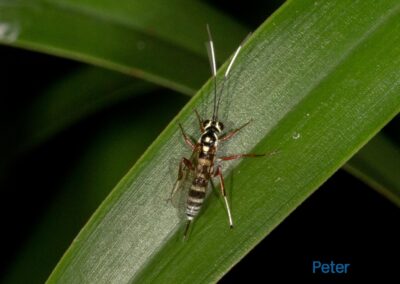Scientific Name: Anthochaera chrysoptera
Size: 26 to 30 cm
What does it look like?
The Little Wattlebird is a medium to large honeyeater, but is the smallest of the wattlebirds. It is mostly dark grey-brown above, with faint white shafts on each of the feathers. The underparts are grey and are heavily streaked with white. The streaks are finer around the throat, becoming more blotched on the sides of the belly. In flight, there is a large rufous patch in the wings. The eye is blue-grey. Both sexes look the same. Young Little Wattlebirds resemble the adults, but are duller, have less streaking and a have a browner eye.
The larger (36 cm) Red Wattlebird, A. carunculata, has a yellow belly and red wattles on its cheeks. These wattles are difficult to see for most of the year, but become larger during the breeding season.
Where is it found?
Little Wattlebirds are found throughout south-eastern Australia and Tasmania. The population in Western Australian were for a long time considered to be the same species, but have recently been identified as their own distinct species – the Western Wattlebird.
What are its habitats & habits?
Little Wattlebirds prefer the drier. and often scrubby, habitats, such as banksia heaths, forests, woodlands and urban parks and gardens.
The Little Wattlebird is a member of the honeyeater family. As with other honeyeaters they feed on nectar, which is obtained using a long, brush-tipped tongue, specially adapted to probing deep into flowers. Other food includes insects, flowers, berries and some seeds. Most feeding is done while perched, but some insects are caught in mid-air. Birds may feed alone or in small to large groups.
Little Wattlebirds may breed at any time of the year, but are most active in August to December. If conditions are suitable, as many as 3 broods may be raised in a year. The female normally constructs the nest, which is a large cup of twigs and grass, lined with soft materials, such as feathers and wool. The nest may be placed in a range of places from the ground up to about 15 m. The female also incubates the 1 to 3 eggs alone. Both sexes care for the young chicks, which remain in the nest for about 16 days.
This species features in my book Australia’s Birdwatching Megaspots

![Little Wattlebird Little Wattlebird (Anthochaera chrysoptera) perching on thin leafy bush. [Photographed by Peter Rowland]](https://prpw.com.au/wp-content/uploads/2020/10/PRPW-160403-46-6123-Enhanced.jpg)
